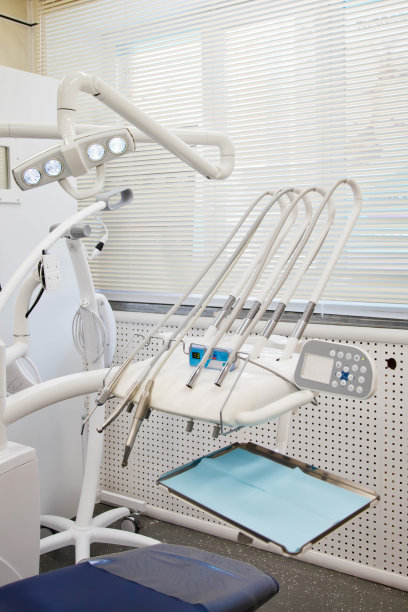Essential Precautions You Need to Take Before and After Dental Filling to Ensure Optimal Recovery and Results
Summary: Dental fillings are a common procedure for treating cavities and tooth decay. However, to ensure optimal recovery and results, there are essential precautions that patients should take before and after the procedure. This article covers four key aspects to consider: proper preparation before the filling, following instructions during the recovery process, monitoring oral hygiene, and scheduling follow-up appointments. Each section provides detailed guidance on how to enhance the healing process and maintain overall dental health.
1. Proper Preparation Before Dental Filling

The first step in ensuring a smooth dental filling experience is to prepare adequately before the appointment. Make sure to have a consultation with your dentist to discuss the procedure, any concerns, and what to expect. Understanding the filling process can alleviate anxiety and contribute to a positive experience.
Additionally, it is essential to provide your dentist with a complete medical history, including any allergies and medications you are taking. This information allows the dentist to tailor the filling process to your unique health needs and reduce potential complications.
Finally, consider arranging for someone to drive you home after the procedure. Depending on the type of anesthesia used, you may feel groggy or unable to drive safely. Having a friend or family member available ensures you get home without any issues.
2. Following Instructions Post-Procedure
After the dental filling has been completed, your dentist will provide specific aftercare instructions that should be followed closely. One of the most important guidelines is to avoid eating until the numbness from the anesthesia wears off. This prevents biting the inside of your cheek or tongue accidentally.
In the first few hours after the filling, it is advisable to stick to soft foods and avoid anything too hot or cold. Sensitivity can occur post-filling, so giving your mouth time to adjust is essential for comfort and healing.
Additionally, over-the-counter pain relief can be used as directed by your dentist if you experience any discomfort after the anesthesia wears off. It is critical to manage pain effectively to focus on recovery without unnecessary distractions.
3. Monitoring Oral Hygiene Practices
Maintaining strict oral hygiene is vital after receiving dental fillings. While it might feel tempting to skip brushing your teeth for a day, doing so can lead to plaque buildup and potential complications. You should brush and floss gently around the filling site but avoid the immediate area for the first 24 hours.
After the initial 24-hour period, resume your regular dental care routine. Use a soft-bristled toothbrush and fluoride toothpaste to help strengthen the enamel and protect against cavities. It’s also advisable to use an antibacterial mouthwash to reduce the risk of infection.
Monitoring the fresh filling is crucial. If you experience unusual pain or notice that the filling feels loose or gets a rough edge, contact your dentist immediately for an assessment. Catching potential issues early can save you from more extensive treatments down the line.
4. Scheduling Follow-Up Appointments
One often overlooked aspect of recovery is the importance of scheduling regular follow-up appointments with your dentist. These visits typically occur six months after the filling has been completed but can be adjusted as needed based on your individual circumstances. A follow-up ensures that your filling is intact and functioning correctly.
During these follow-up appointments, your dentist can provide additional care and advice about maintaining the longevity of your filling. They might recommend specific products or dietary changes to further protect your dental health.
Moreover, these follow-ups are opportunities for preventative care. Regular check-ups help identify and address any new issues early, reducing the likelihood of needing additional fillings in the future.
Summary:
In summary, the precautions taken before and after a dental filling can significantly impact recovery and results. Proper preparation, following post-procedure instructions, maintaining oral hygiene, and scheduling follow-up appointments are all crucial elements for optimal dental health. By adhering to these guidelines, patients can enjoy the benefits of their dental fillings while ensuring their ongoing oral care.
This article is compiled by Vickong Dental and the content is for reference only.


